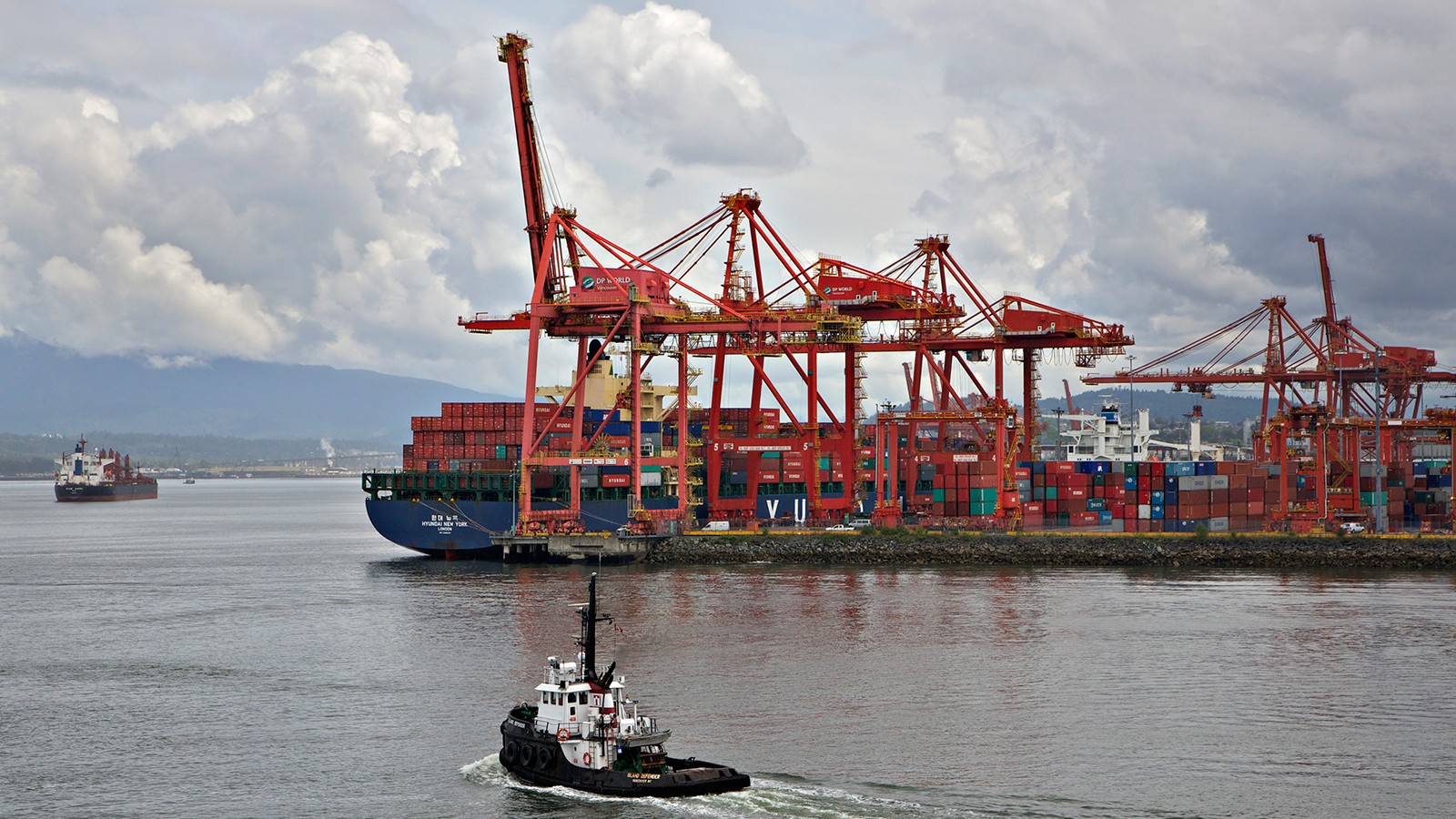Export Development Canada: A Crown corp. that thinks it’s a bank
EDC joined the taxpayer-backed loan party. It’s part of a troubling push.
Andy Clark /Reuters
Share

You have to give credit to Mukesh Ambani, the billionaire chairman of India’s largest private company, Reliance Industries; the man knows a good deal when he sees one. And with state-owned export agencies from around the world falling over themselves to lend money to his company, he’s had loads to choose from.
Late last year, one of Reliance’s senior bean counters boasted that since turning to such agencies two years ago, the company has been able to borrow more money, on far better terms, than it ever could from the private debt market. At the time, Reliance said it had already signed US$5 billion in financing deals with six agencies from countries including the U.S., South Korea, France and the U.K., and was in talks with six more. We now know the identity of one of them: Export Development Canada. Earlier this month, EDC joined the taxpayer-backed loan party and announced it was doling out US$500 million to Reliance, its largest financing ever in Asia. It was just another step in EDC’s quiet yet troubling push into a part of the financial world historically served well by private sector banks.
Since its inception in the 1940s, EDC has acted as a trade facilitator for Canadian businesses doing deals abroad. It provides financing to exporters and their customers, and insures investments abroad against political risks. Its self-congratulatory 2012 annual report throws out the claim that EDC-financed transactions generated four per cent of Canada’s GDP. But in recent years, EDC has pushed deeper into banking territory, doing deals with foreign companies that offer no certainty they will benefit Canadian exporters.
It’s a crowded market. Pretty much every country has some sort of export credit agency. And with the governments that oversee them desperate to see their exports go up, they’re all scrambling to throw money around. Few match EDC for sheer scale. Just compare the Canadian agency to its American counterpart, the Export-Import Bank of the United States (Ex-Im). In 2012, Ex-Im provided US$36 billion in trade financing to companies in the form of loans, guarantees and credit insurance. In the same year, EDC doled out $87 billion, though Canada’s economy is just one-tenth the size. Put another way, through EDC, Canadians extended $2,534 per capita in export support to businesses in Canada and abroad, compared to just $114 in the U.S.
The loans continue. Last week, EDC signed a deal to lend US$500 million to Vale, the Brazilian mining conglomerate that bought Inco in 2006. Vale and EDC are no strangers, with a relationship dating to the 1960s. Four years ago, EDC lent US$1 billion to Vale, with half the funds earmarked for Vale’s Canadian operations and the rest going to its operations abroad. Given Vale spent US$3 billion buying back its own shares in 2011 to boost its flagging stock price, you have to wonder how vital EDC’s money is to Vale’s business.
Along the way, EDC has muscled out private competition in some of its markets. In a report last year, the C.D. Howe Institute called for the EDC to be reined in, pointing out that the agency now controls 80 per cent of the corporate credit insurance market, and that its ability to borrow at the federal government rate means it’s nearly impossible for private insurers to compete.
EDC is sensitive to this criticism and goes out of its way to emphasize its partnerships with private banks. In the deal with Vale, three Canadian banks—Royal Bank of Canada, CIBC and Bank of Nova Scotia—piggybacked with a combined US$275 million in additional financing. EDC points out that most of its loans are in partnership with private lenders. But if private lenders are so ready to step forward, why is EDC in that business at all, and putting taxpayer money at risk?
It’s important to note that EDC is profitable, so there’s no immediate threat to taxpayers. In 2012, it earned $1.3 billion, double the year before. And it’s not taxpayer money it lends out; EDC generates fees from its loans and issues its own bonds. But ultimately, the buck stops with taxpayers, should EDC run into trouble. In 2012, nearly half its loan portfolio was to borrowers considered below investment grade—companies that would otherwise pay higher interest to private lenders to compensate for the risk of default.
There have been calls in the past for the Office of the Superintendent of Financial Institutions, which regulates Canada’s banks, to supervise EDC, though successive governments have said that’s not necessary. Of course, they used to say the same about EDC’s crown cousin, the Canada Mortgage and Housing Corporation, and, in 2012, that agency was put under OSFI’s purview.
That’s not really the point, though. There is a narrow role for EDC to play in markets that private financial institutions are hesitant to serve. But that’s not providing credit to Indian billionaires and their businesses.